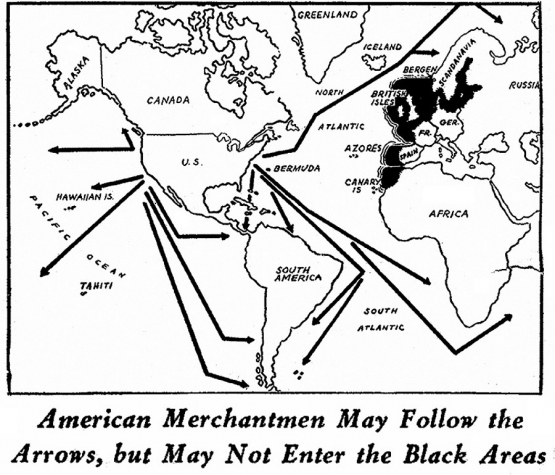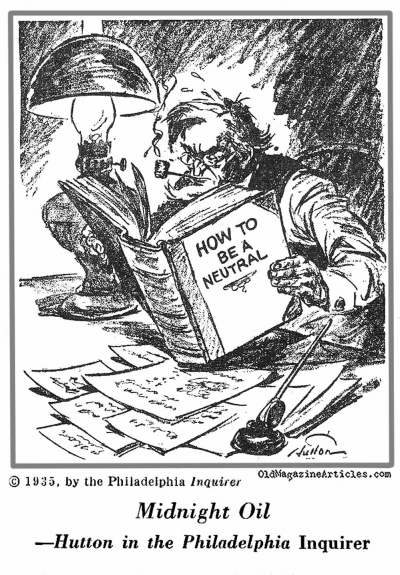Cash and carry was a diplomatic trade policy set in place by the FDR administration; it was crafted during a special session of the U.S. Congress on September 21, 1939, as a result of the outbreak of the Second World War in Europe. It replaced the Neutrality Act of 1937, by which belligerent parties would purchase only non-military goods from the United States so long as the client states in question paid in cash at the time of purchase and assumed full responsibility for transportation. The 1939 Cash and carry revision allowed for the purchasing of military arms to belligerents on the same cash-and-carry basis. The purpose of the policy was to maintain neutrality between the United States and European nations while giving aid to Britain by allowing them to buy non war materials.
Shortly after the 1940 election, British Prime Minister Churchill told FDR that Britain could no longer afford to buy military supplies under the code of cash and carry and a new agreement needed to be agreed upon. The President then persuaded Congress to swap cash-and-carry with Lend-Lease - a new piece of legislation that granted the president authority to sell, exchange, lend, or lease war materiel to any nation whose defense was vital to U.S. security.
Click here to read a 1944 article about the track record of the Lend-Lease program.
Click here to read about the lend-lease program for Stalin's Russia...


